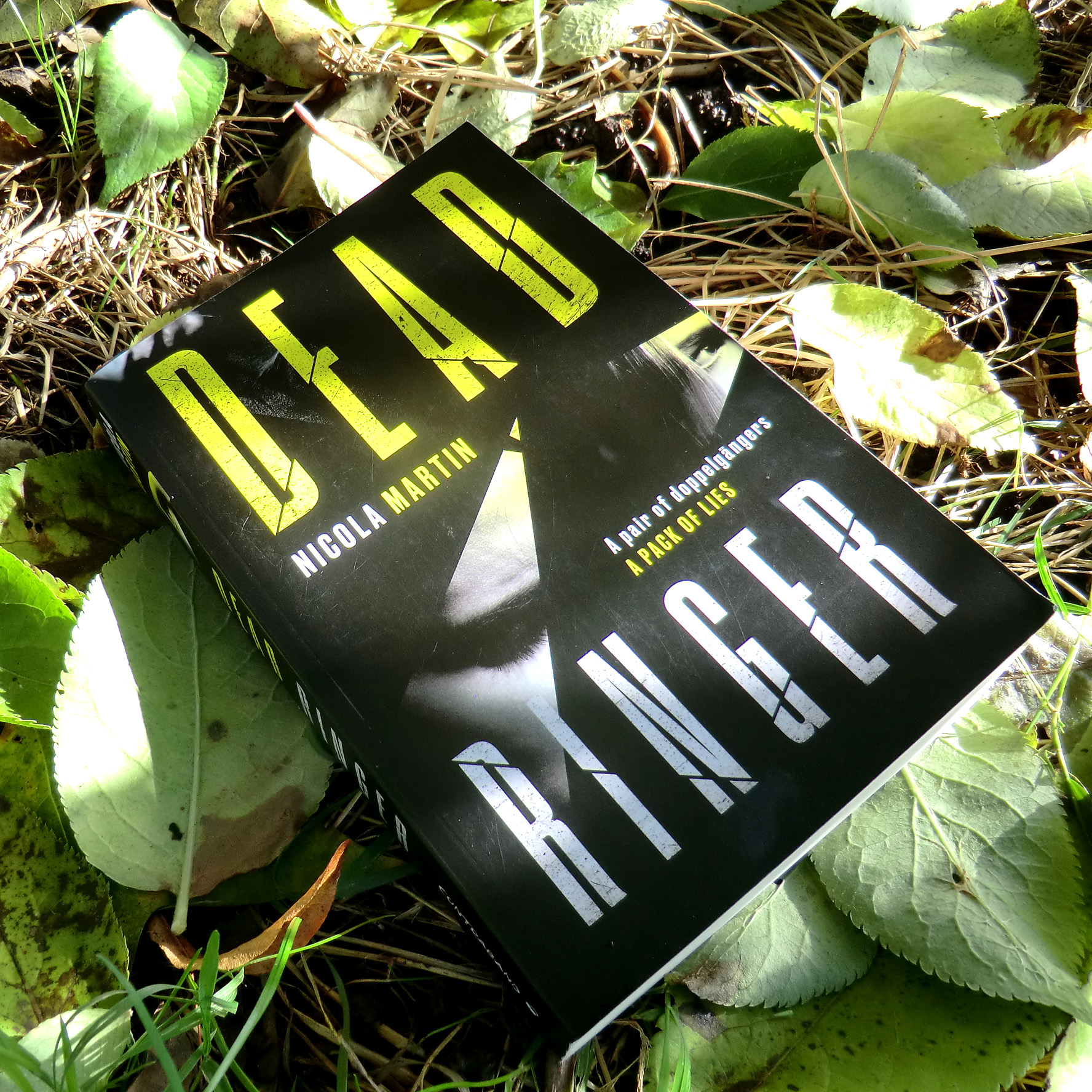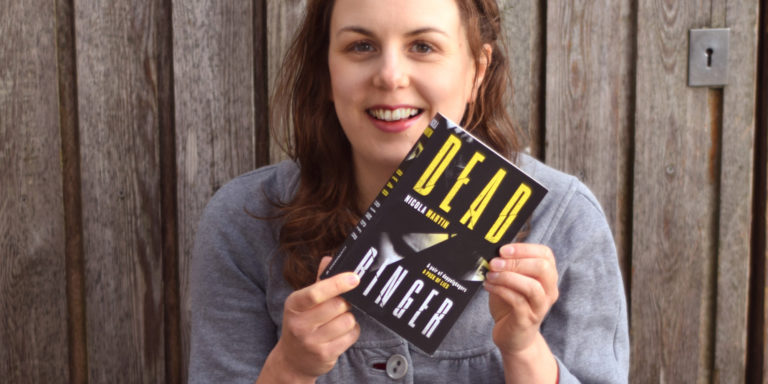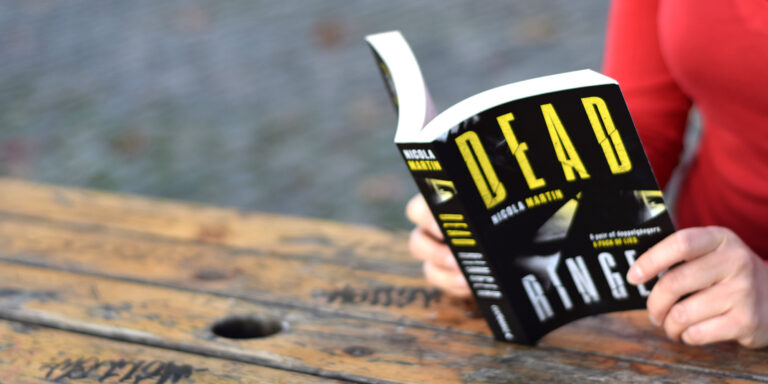The North/South Divide in Crime Fiction (guest feature on CrimeTime)
I wrote a feature for CrimeTime about the North/South divide in crime fiction and how setting can impact on a story.
Name an island off the coast of England. Isle of Wight? Isle of Man? Maybe Lundy, if you’re feeling clever.
How about Walney Island? It’s an island, a beautiful windswept island, off the north west coast, and yet almost no one beyond Cumbria has heard of it.
With its sinking sands and eerie atmosphere, it’s also a hell of a place for a murder.
Dead Ringer, published by Contraband, is a study in contradictions. The action switches back and forth between lonely Walney Island, a place overlooked, and glitzy West London, a place overexposed. It follows the lives of two women, one from the North, one from the South, who have nothing in common – except for the fact that they look virtually identical. Not twins but doppelgängers, who connect through an app called MeetYourDouble.
 Why did I choose Walney Island as one of the book’s settings?
Why did I choose Walney Island as one of the book’s settings?
For me, Walney Island stands as a symbol of the North/South divide. It’s part of Barrow-in-Furness, a town that feels cloaked in secrecy. This is partly because of its hush-hush nuclear submarines, locked away in BAE Systems’ windowless monoliths on the coast, but also because it’s somewhere that privileged Southerners would rather pretend doesn’t exist.
Parts of the North are flourishing, but too many towns like Barrow are being left behind – economically, socially, existentially. Barrow ranks in the bottom 20% of the country for social mobility and, for young people in particular, it can feel cut off from the rest of the UK.
Many crime writers have focused on the dark repercussions of the North/South divide. Communities left behind after the factories and mills have closed can become hotbeds for drugs, gangs and social deprivation. These issues have been dramatized in Amit Dhand’s gritty Bradford, Joseph Knox’s Manchester underbelly, and Paula Daly’s Lake District of secrets.
However, there are still stories yet to be told about Millennials and GenZ’ers (those born in the late 90s and early 00s) in the North. A generation shaped by the 2008 financial crisis and ensuing austerity. A generation told endlessly to talk about their mental health worries, while NHS support for their minds was being cut. A generation educated to want more, but being rewarded with less. Who wouldn’t be driven to murder?
Millennial crime fiction, especially novels steeped in society’s inequalities, is more personal than ever before. The killer is less likely to be a stranger and more likely to be a friend, a neighbour, a family member … could it even be the person looking back at you in the mirror?
In Dead Ringer, protagonist Ella, who’s stagnating on Walney Island, is desperate to break out of a life of limited opportunities. When she swaps places with her doppelgänger in London, she discovers that receiving everything on a silver platter comes at a price. That price could be murder.







